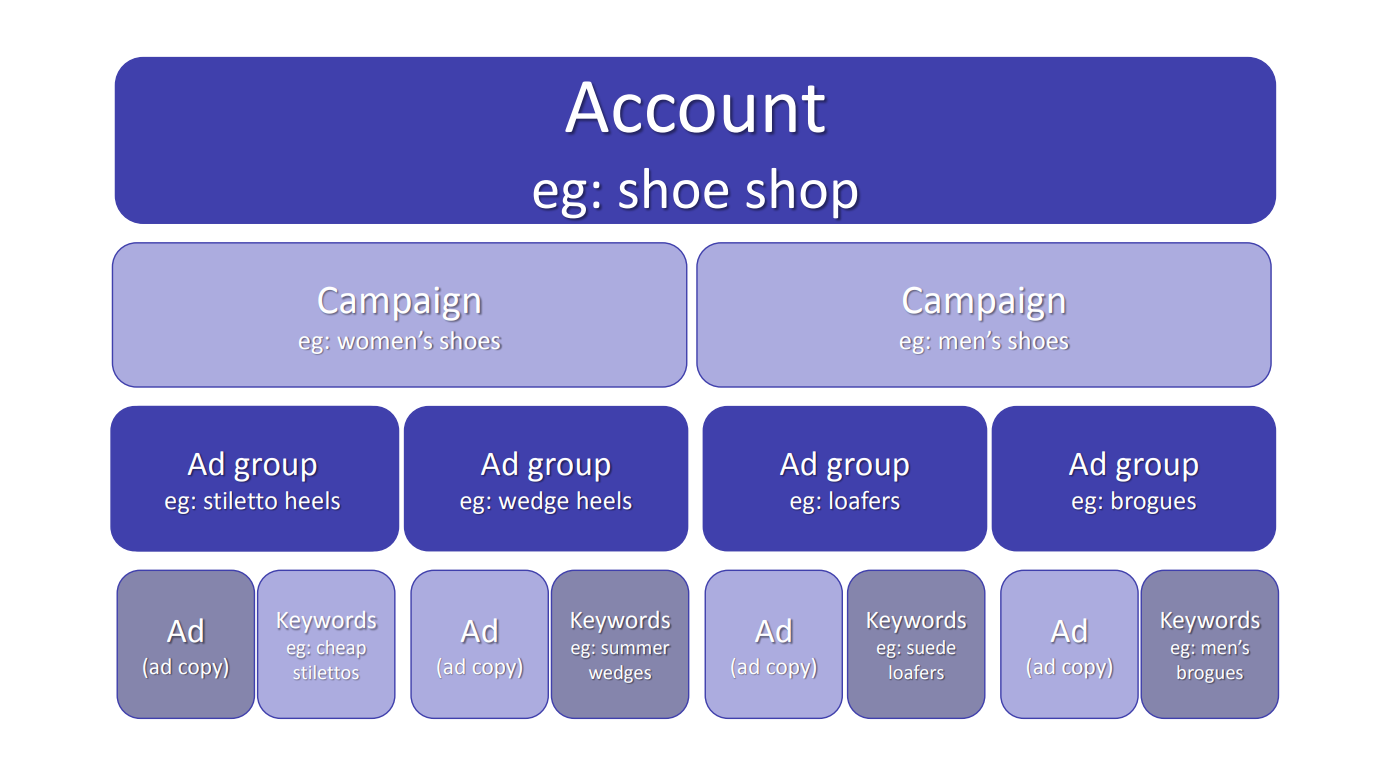Pay-per-click and paid search advertising
Creating a pay-per-click campaign
Guide
You need to start your pay-per-click (PPC) campaign by considering your business objectives. These could include converting website visitors into buyers or generating sales leads. You should consider:
- the visitors you want to attract - ie your target audiences
- your budget
- when to activate your ads and for how long
- how to structure your account - ie how you will divide ads into groups and campaigns according to product, location etc
- the ultimate goal of your ads - eg purchase a product, complete an enquiry form
- how to monitor the success of your ads and adjust them to make continuous improvements
- whether you want to create and manage the campaign in-house or use a specialist search marketing agency
Setting a PPC campaign
You will need to consider and create the following elements in a paid search campaign:
- Campaign name - make it descriptive.
- Demographic targeting - the locations, languages, devices etc, that your campaign will target.
- Budget and bidding - how much you will spend and how.
- Ad group - an ad group shares one set of keywords, and can contain several ad variations. There can be several ad groups within a campaign
- Keywords - a collection of words that will display your ad when someone searches for the specific words. Try to make keywords targeted and relevant to the landing page that you link to. Read how to choose the right keywords for your PPC campaign.
- Ad - this is what the customer sees when they search. An ad includes a headline, ad copy, a display URL and a link to a specific landing page. See how to write effective copy for PPC ads.
Account structure
Part of setting your campaigns includes getting your account structure right. It is important to group similar products together in a meaningful way. See the diagram below for an example of how an account might be structured:

- Internet Advertising Bureau020 7050 6969
Also on this site